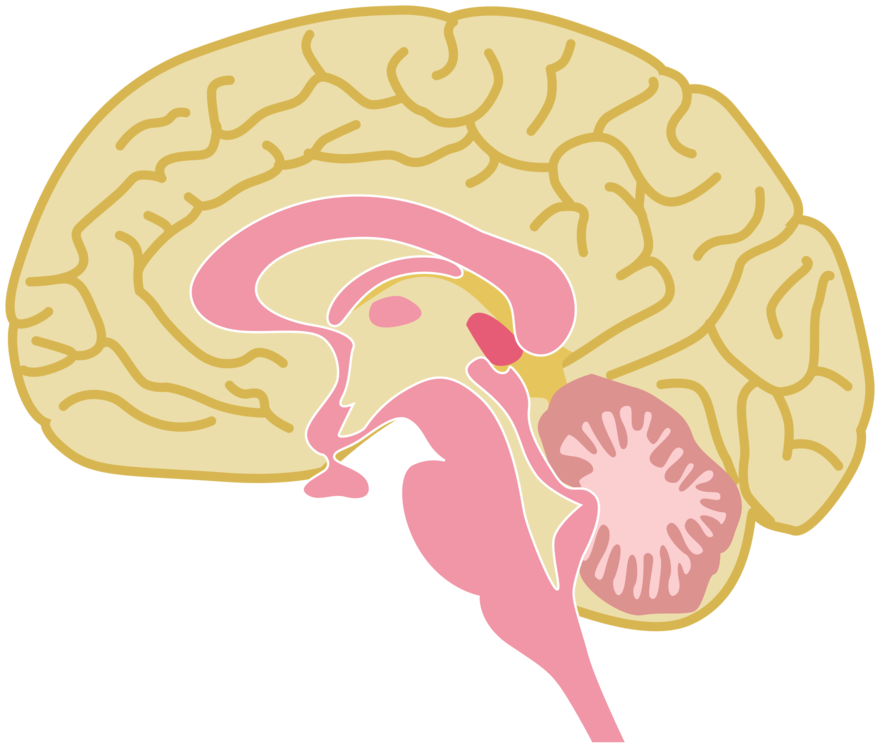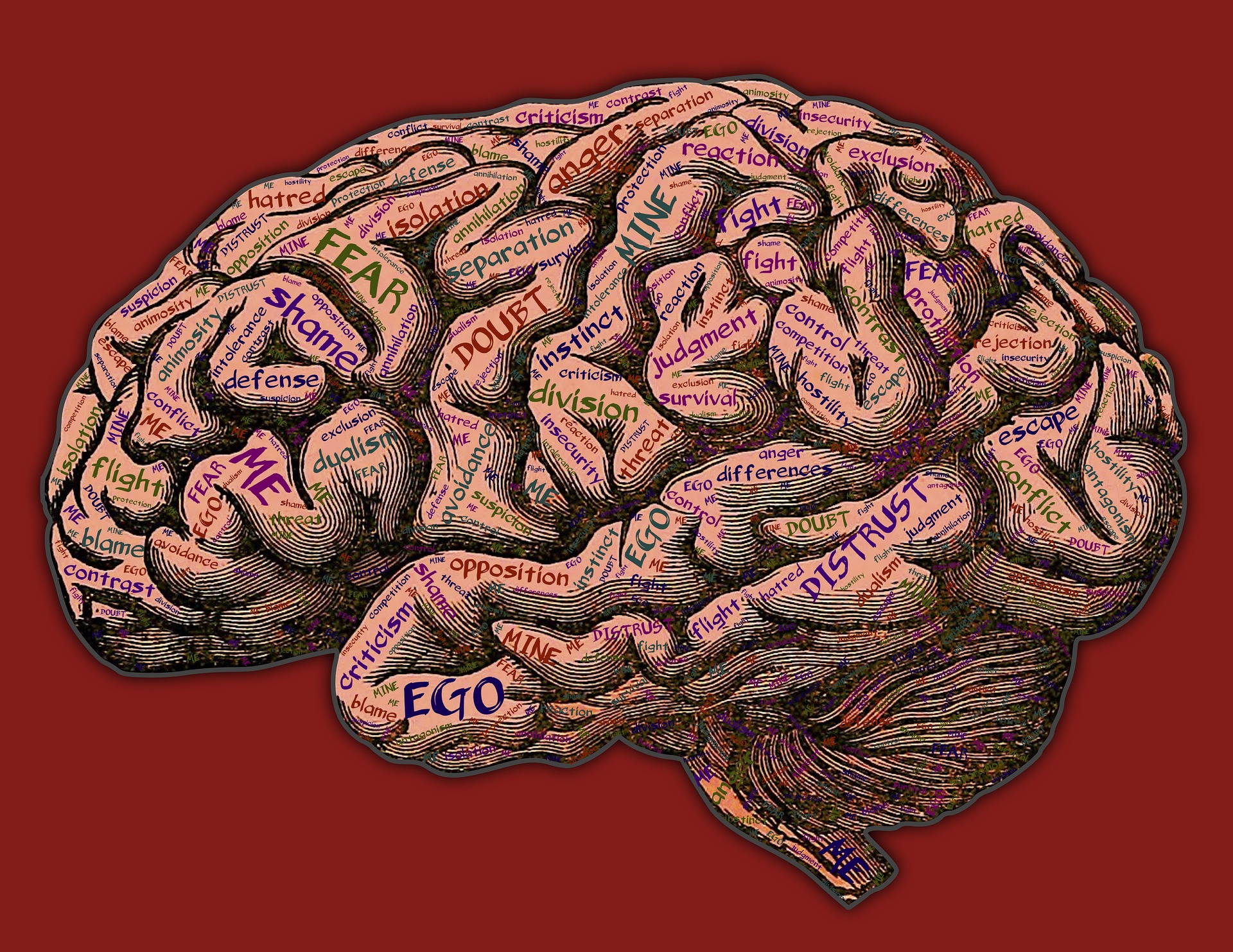Most of us want to get better at something. You set a goal to lose 50 pounds, but the scale doesn’t budge. The next bestseller lies dormant in your thoughts. The athletic shoes you bought to run the next marathon sit waiting in the closet. You find a million excuses. You procrastinate. If you are like me, that sounds all too familiar.
Ask a Simple Question
My friend and colleague, Joe, uses a simple signature line for his email. A straightforward question that jolts this self-improvement nerd every time I read it.
“What did you improve today?”
Joe’s straightforward and blunt question reminds me to think about how I spend my time. I begin to consider the choices I make to become better today than I was yesterday. Did I do what I said I would do? Did I make that phone call? Have I finished the research for the new article?
The question matters to me because I want to improve — as a human and in my work. The question also creates a bridge from what I can do today to what I hope to achieve tomorrow.
I asked a room full of people during a recent presentation, “Is there anyone here who wants to improve their work or personal life?”
Not a single person said, “No, not me, not today.” Would you say no to getting better?
Improve (make better)
Thinking about improving your health does not make you healthier. Talking about the perfect serve does not make you a better tennis player. Dreaming about how much money you will make does not create a new business.
You might write out a plan, set milestones, and share your goal with your friends or family. None of that will result in making you better or improving anything. Unless you take the first step.
Improve is a verb — an action. You must do the things in your plan to achieve the milestones that will move you closer to your goal. You have two choices.
1. Continue to think, talk, complain, etc.
2. Take action
Face the Unwelcome Truth
Doubt and fear of change overcome our best intentions.
You want to improve, but what’s stopping you? Why do you keep putting off doing the very thing you know you want to do, that you must do to reach your goal?
In a word, brain. Your brain has a powerful hold on your actions. Robert Maurer, in One Small Step Can Change Your Life, explains how this happens. The brain has continued to evolve into three separate brains over millions of years.
The brain stem, or reptilian brain, wakes us up and keeps our heart beating. On top of the brain stem sits the midbrain, which scientists refer to as the mammalian brain. The amygdala sits in the midbrain where it regulates body temperature. This small, but mighty part, also alerts you to danger. The frontal cortex encompassing the rest of the brain does the work that makes us human. We can think, create, and make decisions.

Our brains work in harmony to keep us alive, safe, and creative. Until they don’t.
Notice the small dark pink almond shape in the drawing of the brain. That’s the amygdala. How does this relate to whether you take action to improve?
Fear. The physiology of the human brain protects you from harm. The fear response takes hold, which is a good thing if an elephant charges toward you. This built-in warning signal can stifle creativity. Bring you to a screeching halt. You struggle to accept change and flounder toward success.
Overcome Fear with a Secret Weapon
Abrupt changes to your routine cause discomfort. Threatening changes in your environment can induce fear and anxiety. Your amygdala comes to the rescue to shut us down or cause us to flee.
You have a secret weapon to trick the pesky amygdala. Kaizen.
The Japanese term, kaizen, means “good change.” The kaizen approach tackles change as a series of small steps. Change occurs in increments as you make small improvements consistently over time.
Can’t give up your morning pastry? What if you tried a slice of whole wheat raisin bread instead? You would rather stay in bed than head out the door to run? Take a walk. You can’t bear walking so early in the morning? Put on your running shoes and walk to the kitchen. Take one step.
Breaking down your goals into smaller and smaller steps allows you to override the blaring voice of the amygdala. James Clear (Atomic Habits) describes scaffolding habits so one action builds upon the next one. Mastering one step, then the next step creating good change.
Joe’s simple question, “What did you improve today?” serves as my amygdala weapon, my kaizen tool to keep taking small steps. Sometimes those actions appear negligible in my efforts to get better, but they accumulate over time.
In Conclusion, Take the First Step
All improvement — getting better — requires change. The brain fights change. Kaizen gives you one way to break out of inertia. Small “good changes” implemented over and over, and over time, unlock the door. Will you take action? Are you willing to make small, even tiny, steps every day? If so, ask yourself,
“What will I improve today?”
Then, take the next step.
And always—
Be kind. Be brave. Be you.
Photo: © Kathryn LeRoy
Originally published in The Ascent on Medium


Leave A Comment